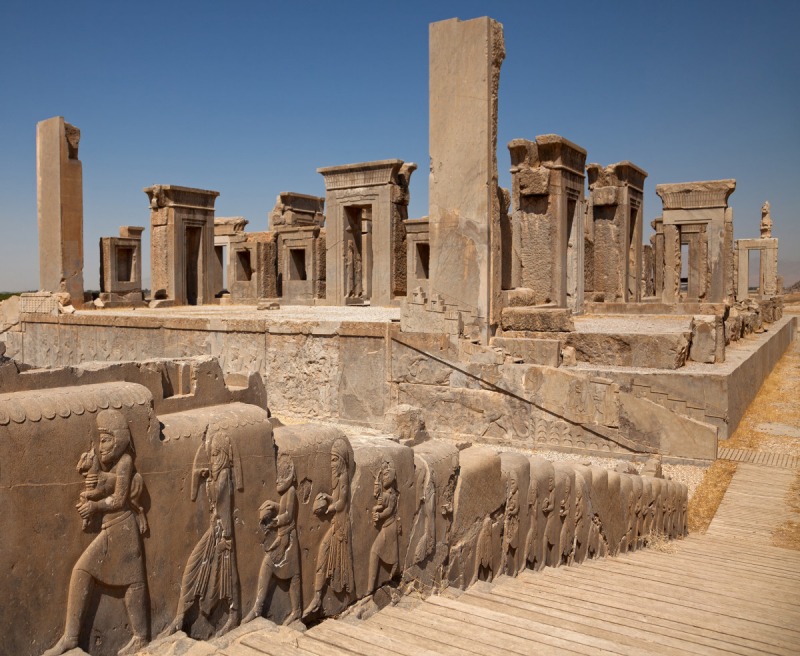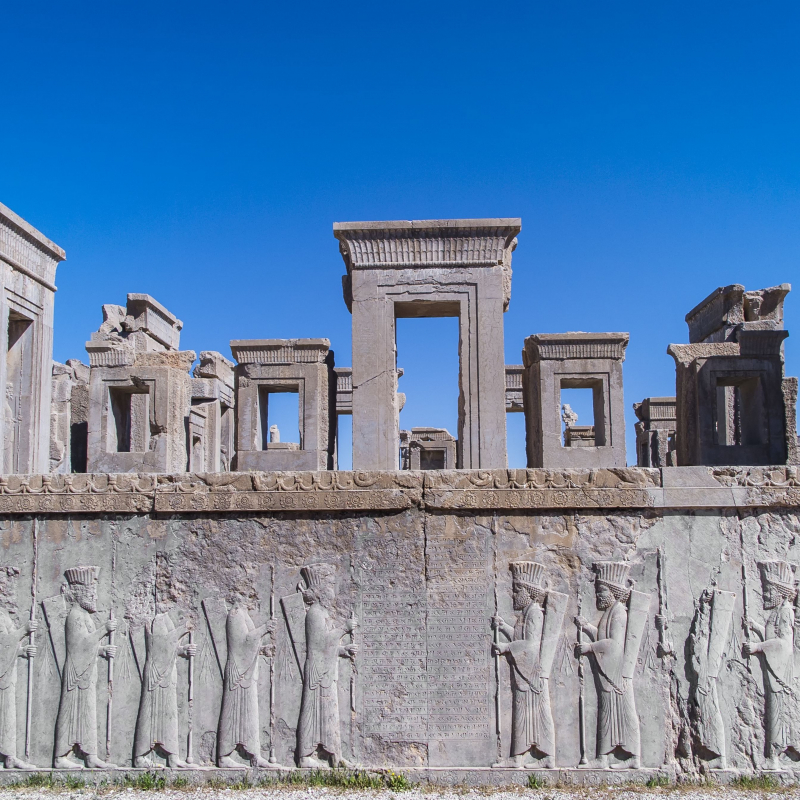The Persian Civilization
The Persian Civilization was one of the world's largest civilizations. It began as a group of semi-nomadic tribes. On the Iranian Plateau, they raised goats, sheep, and cattle. Cyrus the Great established this empire in 550 BCE. Cyrus was the leader of one of these semi-nomadic tribes. After the Babylonian Empire fell, they acquired control of the Middle East for the first time. The Achaemenid Empire was another name for the Persian Empire. They established the world's first human rights charter. The Persian civilization is regarded as one of the scientific civilizations; they invented numerous innovative and revolutionary inventions that we still use today, such as the battery, the refrigerator, the postal service, and sulfuric acid. These inventions demonstrate that the Persian civilization's residents were highly advanced and intelligent. Let us examine the Persian civilization's discoveries and innovations.
The Medes created Persia's first empire. In contrast, the Achaemenids formed the first Iranian world empire. After the Medians were supplanted by the Achaemenids, the province of Parsa in Iran became the core of a vast empire that spanned most of West Asia, Anatolia, and Egypt. The ancient Greeks called Parsa Persis, which closely corresponds to the contemporary Iranian region of Fars. Because their homeland was Parsa or Persis, the Achaemenid empire became known as the Persian empire. As a result, in antiquity, the Greeks and later other peoples used the Achaemenids' birthplace as the name for the entire Iranian plateau.
Period: 550 BC–331 BC
Original location: From Egypt in the west to Turkey in the north, and from Mesopotamia to the Indus River in the east
Current location: Modern-day Iran
Major highlights: the first to create regular communication routes connecting three continents - Africa, Asia, and Europe












